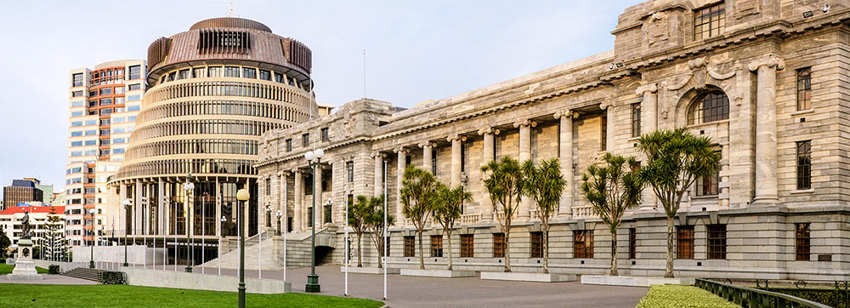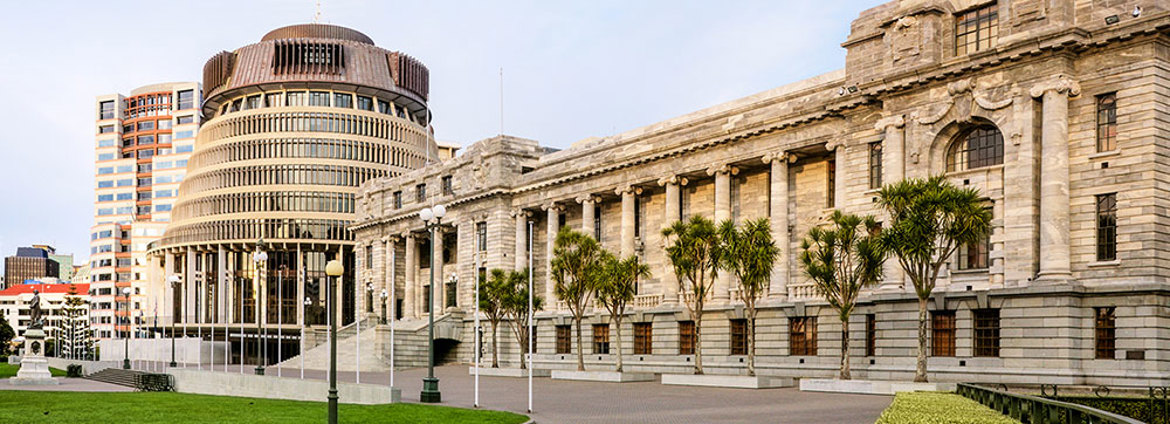Yesterday's announcement by the Prime Minister that New Zealand was moving to Alert Level 1 at midnight is another significant step – and a highly anticipated one - in the Government's COVID-19 response.
New Zealand had been at Alert Level 2 since 14 May. The move to Alert Level 2 had been given effect to by the Minister of Health issuing an Alert Level 2 order under the new COVID-19 Public Health Response Act 2020. That Act was passed, and the order made, only hours before Alert Level 2 came into force. That order put in place the key rules for Alert Level 2, which included:
- Requirements that businesses and services enforce social distancing requirements among staff and customers, including specific requirements for businesses that sell food and drink (eg, restaurants and cafes)
- Limits on the number of people allowed at social gatherings (which was increased to 100 part-way through Level 2)
- Contact tracing requirements.
Alert Level 1
The move to Alert Level 1 has been put in place through the revocation of the Alert Level 2 order, which is revoked in its entirety from 11:59pm on 8 June 2020. That means that there are currently no orders imposing requirements on individuals or businesses in place under the COVID-19 Public Health Response Act 2020. While the government and public health officials are encouraging New Zealanders to follow basic hygiene measures, and keep track of where they have been and who they have seen to assist with contact tracing if that becomes important in the future, people are not legally required to take any of those steps.
However, the border restrictions put in place by notices made by the Director-General of Health Ashley Bloomfield using special powers under section 70 of the Health Act 1956 remain. Border restrictions were first put in place through a notice issued on 16 March 2020 (before New Zealand moved into Alert Level 4), and have been amended and updated through the issuing of new section 70 notices by the Director-General. The current border restriction notices in force were issued on 31 March, 9 April, and 8 May 2020. The combined effect of those orders is that all persons arriving into New Zealand (with some limited exceptions) are required to:
- Submit for medical testing on arrival, which can include checking temperatures, seeking advice on symptoms, chest auscultation (eg, listening to the chest through a stethoscope), and swabbing
- Be either quarantined in a high-risk facility (being a hotel used specifically for high risk persons who, for example, have been diagnosed with COVID-19, show symptoms, or have been in close contact with a person with COVID-19) or placed in 'managed isolation' in a low-risk facility for at least 14 days
- Stay in the facility in which they have been quarantined or isolated, and leave only for specified purposes (eg, for emergencies).
Those restrictions remain in place for Alert Level 1. The Director-General has also indicated there will be changes to how arrivals are tested, including that all arrivals into New Zealand will be tested for COVID-19.
What next?
Although there are no orders currently in place under the COVID-19 Public Health Response Act 2020, any further cases or outbreaks would likely be managed by the making of further orders under the Act. That could include the making of orders that would affect New Zealand as a whole or specific regions in New Zealand. Orders could move New Zealand (or regions) back up the Alert Levels if necessary, or put in place new requirements to deal with specific outbreaks. A summary of the powers available to the government to make further orders is set out in our previous update.
While we all remain hopeful (and optimistic) that COVID-19 has now been eliminated in New Zealand, there will be ongoing analysis of the legal basis for the government's COVID-19 response.
First, the Finance and Expenditure Committee has called for public submissions on the operation of the COVID-19 Public Health Response Act 2020. This call for submissions reflects the urgency in which this legislation was passed, and may in part be a response to criticism of aspects of the Act – including the power of Police to conduct warrantless searches in limited circumstances. Submissions close on 28 June 2020.
The Regulations Review Committee, which is responsible for scrutinising secondary legislation such as regulations and orders, has already scrutinised the Alert Level 2 order made under that Act. The Committee's report identifies two key issues with the order:
- The Committee was concerned that it was unclear what impact the order had on a person's right to manifest their religion or belief, which is protected under the New Zealand Bill of Rights Act 1990. Specifically, the Committee was concerned that it was not clear whether church services were limited to 10 people or 100 people
- The Committee was concerned that the order effectively allowed businesses to determine whether an individual had committed an offence, by providing that a failure by a person to comply with reasonable measures put in place by a business is an infringement offence.
The Committee's report records that the Committee raised those concerns with the Minister of Health, and the order was amended by the Minister less than a week later in a way that addressed the Committee's concerns. The Committee concludes its report by saying that there were no further matters that it wished to bring Parliament's attention in relation to the order.
Second, the High Court is yet to hear the judicial review proceedings issued by Andrew Borrowdale against the Director-General. Those proceedings allege that three of the orders made by the Director-General relating to Alert Levels 4 and 3 are ultra vires (that is, they go further than what is permitted by the relevant Health Act powers), and should therefore be declared invalid by the courts.
Third, the Epidemic Preparedness (COVID-19) Notice 2020 issued by the Prime Minister under the Epidemic Preparedness Act 2006 on 25 March 2020 (the day before the move to Alert Level 4), expires on 24 June 2020. If COVID-19 remains eliminated in New Zealand, consideration will need to be given as to whether the epidemic notice can or should be renewed. One outcome of the notice expiring will be that the various epidemic management notices and modification orders that have modified various Acts (as listed on the government's COVID-19 website) will also expire. Additionally, while the epidemic notice is in force, the Director-General is able to exercise all of the special powers in section 70 and 71 of the Health Act 1956, including those that (as set out above) have put in place New Zealand's border requirements. If the epidemic notice expires, the Minister of Health will need to authorise the Director-General to exercise such powers.
As we noted in our previous update, the COVID-19 Public Health Response Act 2020 does not give the government powers to manage pandemics more generally. We can therefore expect, at some point in the future, that there will be a wide-ranging review of the powers available to the government and public health officials to manage pandemics. It may be that aspects of the new Act will be reflected in new public health legislation.









